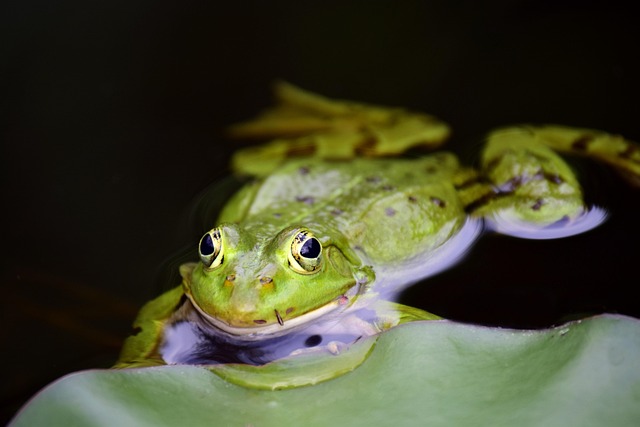
Hereditary Traits Among Amphibians: Exploring Nature’s Wonders
When we think of the marvels of nature, our minds often drift to the vast realms of the animal kingdom, where every creature tells a different story of survival. Among these fascinating beings are amphibians, a group that includes frogs, salamanders, and newts, which showcases a wide array of hereditary traits that highlight the remarkable adaptations these species have undergone through evolution.
Amphibians are unique not only for their dual life stages—from aquatic larvae to terrestrial adults—but also for the myriad of hereditary traits that define their existence. These traits are intricate pieces of biological heritage, passed down from one generation to the next, providing essential clues to their adaptability and survival in diverse environments. For example, many salamanders feature skin that can change color based on their surroundings, a trait that has been crucial in evading predators. This ability is not only fascinating but also underscores how the past shapes the present.
Delving deeper into their evolutionary history, we find that many frogs possess specialized traits such as unique vocalizations, which play a significant role in mating rituals and territory establishment. These vocalizations are a direct result of genetic inheritance, showcasing how these animals communicate and thrive within their ecological niches. Amphibians like the male bullfrog can produce deep, resonant calls that attract females, demonstrating how hereditary traits influence reproductive success in the wild.
Moreover, amphibians exhibit various survival strategies that have evolved over time. The amazing ability of some species to regenerate lost limbs is one of nature’s wonders, reflecting the intricate web of genetics and adaptability. These traits can inspire awe and also prompt us to consider our connection to nature. The regenerative capacity seen in species like the axolotl not only fascinates scientists but also has potential implications for human medicine, highlighting how understanding hereditary traits in these creatures could lead to breakthroughs in regenerative therapies.
As amphibians navigate their complex ecosystems, they engage in behaviors and adaptations that are deeply intertwined with their genetic makeup. From skin mucus that serves as a protective barrier against pathogens to varying reproductive strategies that address environmental challenges, every trait showcases how these animals have been shaped by their surroundings over millennia. Observing how these traits play out in the wild fills us with a sense of wonder and highlights the importance of biodiversity.
The study of hereditary traits in amphibians also serves as a reminder of our role in conservation. As amphibians face climate change and habitat destruction, understanding their unique adaptations helps us advocate for their survival. By protecting the habitats that foster these remarkable species, we preserve the intricate tapestry of life that has emerged through billions of years of evolution. Every hopping frog and gliding salamander carries within it the story of adaptation, resilience, and the ongoing quest for survival amidst the ever-changing backdrop of nature.
In essence, the exploration of hereditary traits among amphibians not only deepens our appreciation for these remarkable creatures but also strengthens our understanding of the interconnectedness of life on earth. Each trait reflects a piece of nature’s artistry, a blend of biology and environment that invites us to reflect on our own connection to the vast tapestry of wildlife that surrounds us.



